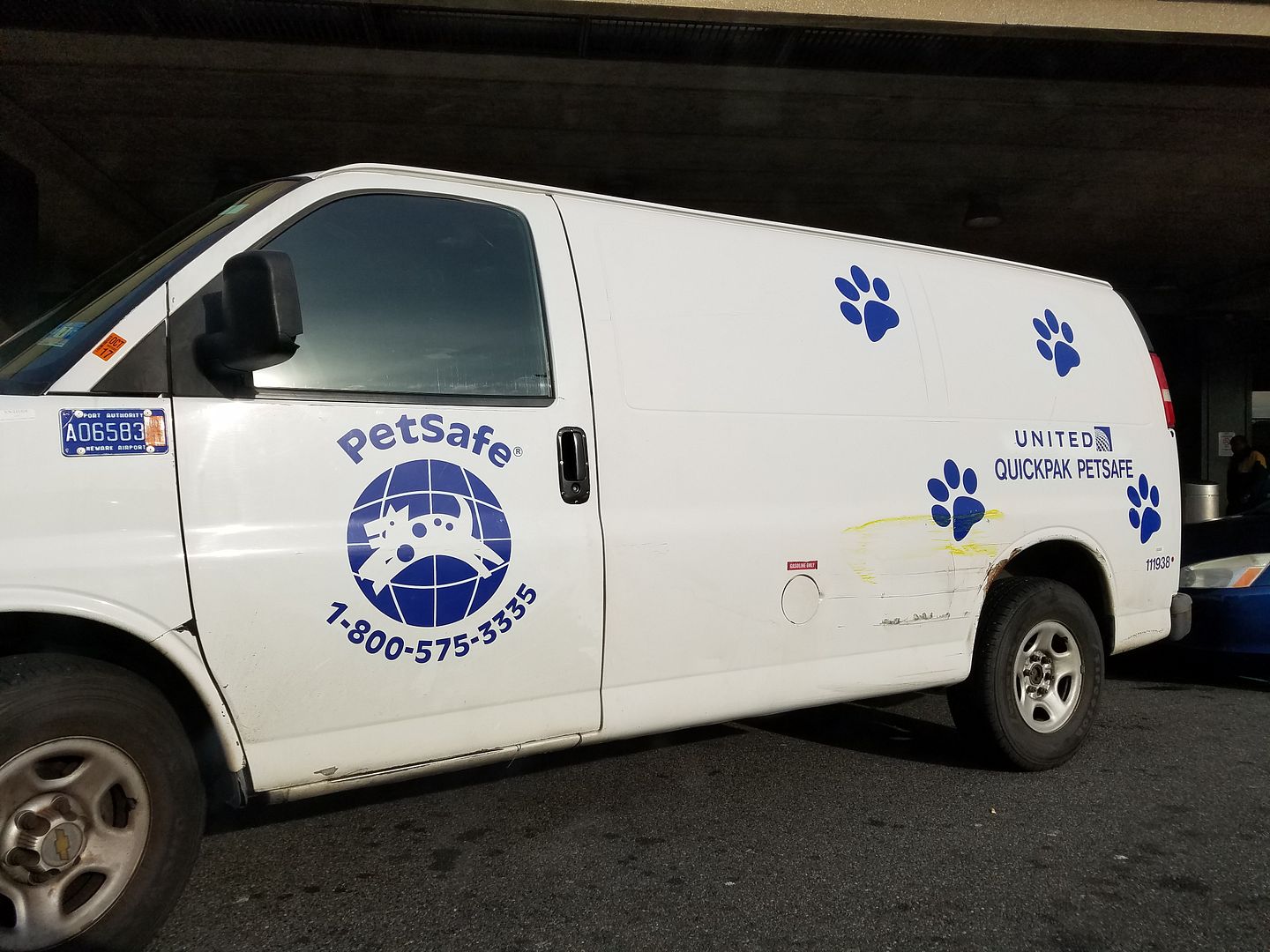The Washington Post ran a piece earlier in the week purporting to explain why more dogs die on United than any other airline, suggesting it’s because United carries more dogs in part because the airline “accepts higher-risk dog breeds that other major U.S. carriers do not allow.”
These types of dogs are known as brachycephalic, or “short-nosed” or “snub-nosed,” breeds. Their airways are more compact, which tends to lead to respiratory issues. The short-nosed breeds include bulldogs, boxers, pugs, Boston terriers, Pekingese, mastiffs, shih tzus and others.

United carries dogs some other airlines won’t. And they carry dogs to and from some destinations like Guam others don’t. And they carry them at a lower cost than some others too. So it’s a real service that United offers. Most dogs make it to their destination just fine. But too many do not.
There has been a lot of buzz about a Post piece suggesting for instance that high risk dogs are the ‘real reason’ more dogs die onboard United.
- This is being used by some to excuse the dog deaths, suggesting that people were too quick to jump to conclusions criticizing United’s poor pet safety performance.
- We shouldn’t just exclude 40% of dog deaths because of the dog breeds — United has a responsibility to develop procedures commensurate with the risks it undertakes.
- But this doesn’t explain a majority of dog deaths on United and it doesn’t explain the difference in number of deaths between United and other airlines. Take out the deaths of breeds American and Delta don’t support and you still have far more deaths on United than at American and Delta.
- And striving to have ‘just’ the number of dog deaths that American and Delta have seems to miss the point in any case.
United says these dog deaths aren’t their fault but taking out the 40% of dogs dying in their care falling under the ‘higher risk breeds’ (which shouldn’t just be excused) more dogs die in their care than other airlines. And it’s not a supportable claim to say, as United does,
We’ve been saying for some time that when you look at those numbers, the overwhelming numbers of those passing away while in our care were due to preexisting conditions or natural causes or something beyond our control
I’ve been writing about United’s pet incidents long before the current media attention, suggesting that they have a problem that needs to be fixed. The current attention is great because it appears like United is finally paying attention.
Understanding which breeds constitute the greatest risk is a good first step in reviewing the pet shipping program. 18 of the 24 cargo pet deaths in 2017 were on United, while United carried about one third of pets. Drilling down into what’s going on with different types of animals may help to identify some of the problems, but it isn’t the entire story and doesn’t begin to excuse United’s poor performance in this area. And it doesn’t speak to the instances of lost/mis-routed dogs either.


Well said!
My view is I’d never fly with my dog’s. The risks are not worth it to me. I’ll drive cross country to avoid putting my pup’s in danger.
Emotional Support Dog.
If airlines simply had ZERO dog deaths each year, I wouldn’t have to pretend that I need an emotional support animal.
What is United’s excuse for the death of Simon, the giant bunny shipped from the Uk? United is also known for killing guitars. What isn’t destroyed at a higher rate in United’s cargo hold?
Well, I think it is great that United will fly a greater number of breeds than will other airlines, and that may mean carrying higher risk pets. Yet, they need to drill down into their numbers and assess whether they have a greater incidence of pet injuries, deaths, and mis-deliveries than their competitors while statistically controlling for the types of animal and breeds that they accept to transport.
If there is a problem, admit it and fix it.Unfortunately, perfection is probably not an attainable goal, but that does not excuse striving for it.
Furthermore, all airlines should strive to educate pet owners about the risks and relative risks involved with pet transport, and pet owners should take responsibility for self-education in this area by consulting with their vet, etc.
Understand the risks and benefits and make an informed choice.
From the plane, I’ve watched as my dog was left by the pet smart program on the tarmac, in the heat, while the luggage handlers loaded the plane. I’ve paid extra to ensure that my dogs were relieved at a stop over and know they weren’t removed from their cages, because the original tie wraps were still in place. I’ve checked pre flight, then again mid flight that my dog was safely on board, only to be told upon arrival that my dog would arrive several hours later on another flight. I’ve been been told I can’t fly with my therapy because it doesn’t have a vest, even though all my paperwork was in order. A flight attendant forced us to leave the plane and place the certified therapy dog in cargo.